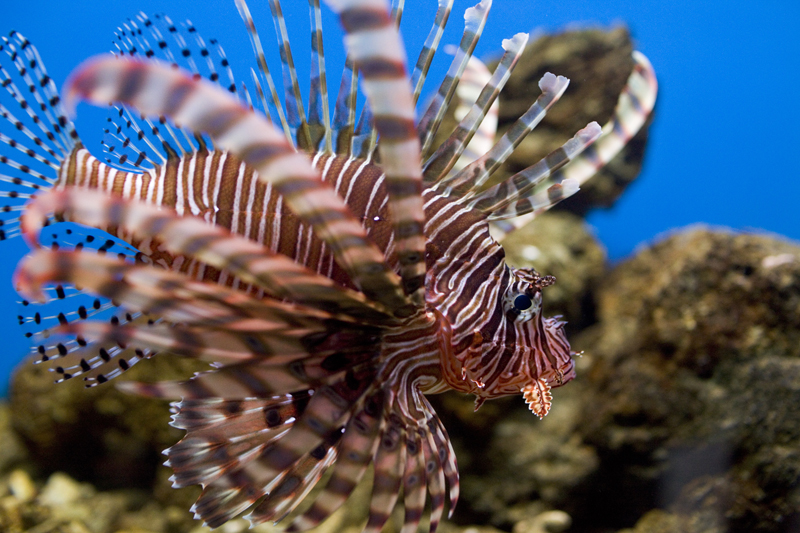Backpacking to Catch Fish:
For those looking for a way to bring an extra element of adventure, and perhaps a tasty meal, to their backpacking trips, catching fish is a great option. However, the task can seem daunting for those who are not familiar with the process of fishing. Here’s a look at how you can catch fish while backpacking.
The first step is to make sure that you’re allowed to fish in the area where you’re backpacking. Check with local regulations to ensure that fishing is allowed and that there are no restrictions on the size or type of fish that you’re allowed to catch.
Once you’ve determined that fishing is permitted in the area, it’s time to prepare your equipment. You’ll need a fishing rod and tackle, along with bait or lures depending on what type of fish you’re Targeting.
For most backpacking trips, lightweight rods and reels are best, as they won’t take up too much space or weight in your pack. Additionally, it’s important to bring along a cooler or insulated bag so that any caught fish can be stored until they can be cooked or preserved.
Next, decide which type of fishing method you want to use while backpacking – this could include spinning lures or casting bait from shore or wading out into deeper water with bait rigs and trolling for larger species such as bass, pike and walleye. Depending on the type of fishing you choose and the species being sought after, different baits may be required – worms, minnows and crayfish are common options for freshwater fishing.
Finally, when out on your backpacking trip make sure that you practice responsible catch-and-release techniques when necessary for conservation purposes as well as ethical angling practices such as barbless hooks or circle hooks whenever possible. This will ensure that there will still be plenty of fish left in the lake or stream for future backpackers to enjoy!
How Do You Catch Fish While Backpacking?
It is possible to catch fish while backpacking if local regulations allow it and the right equipment is prepared beforehand. Choose lightweight rods and tackle suitable for your Target species and decide which type of fishing method works best for your situation – whether it’s spinning lures from shore or trolling deeper waters with bait rigs – then bring along a cooler so any caught fish can be stored until they can be cooked or preserved. Lastly remember to practice responsible catch-and-release techniques when necessary for conservation purposes as well as ethical angling practices such as barbless hooks or circle hooks whenever possible.
With these tips in mind you’ll have no problem catching (and releasing!) some delicious fresh fish during your next backpacking trip!

